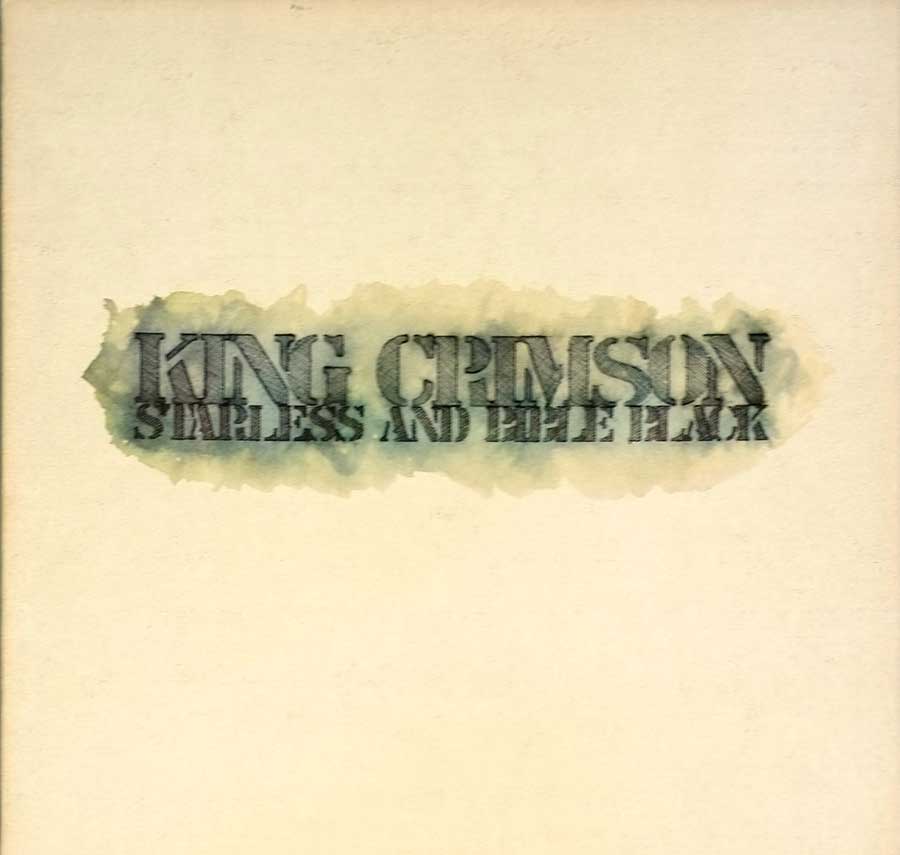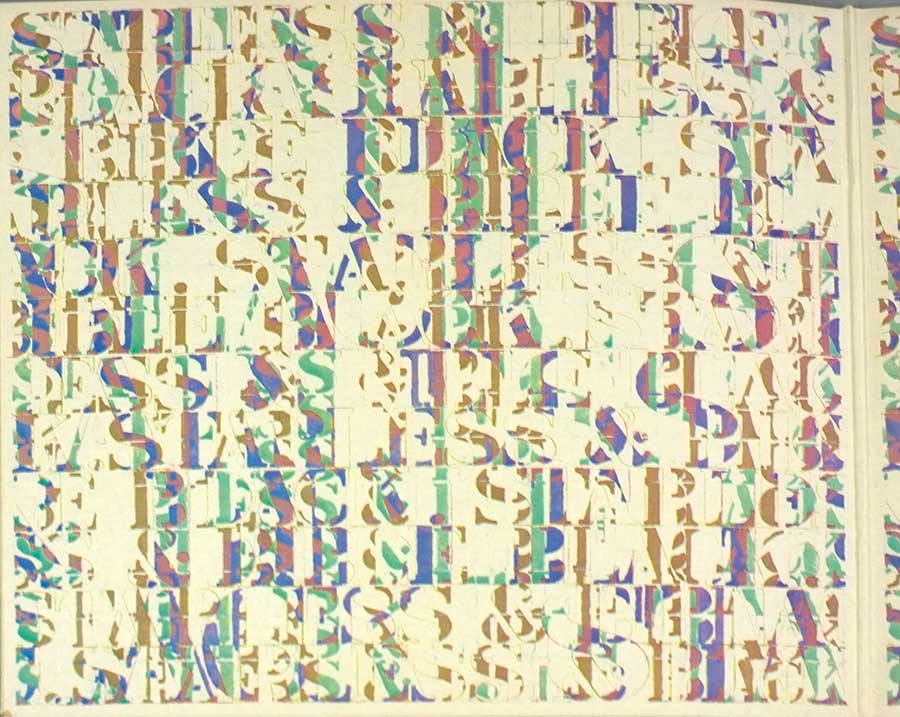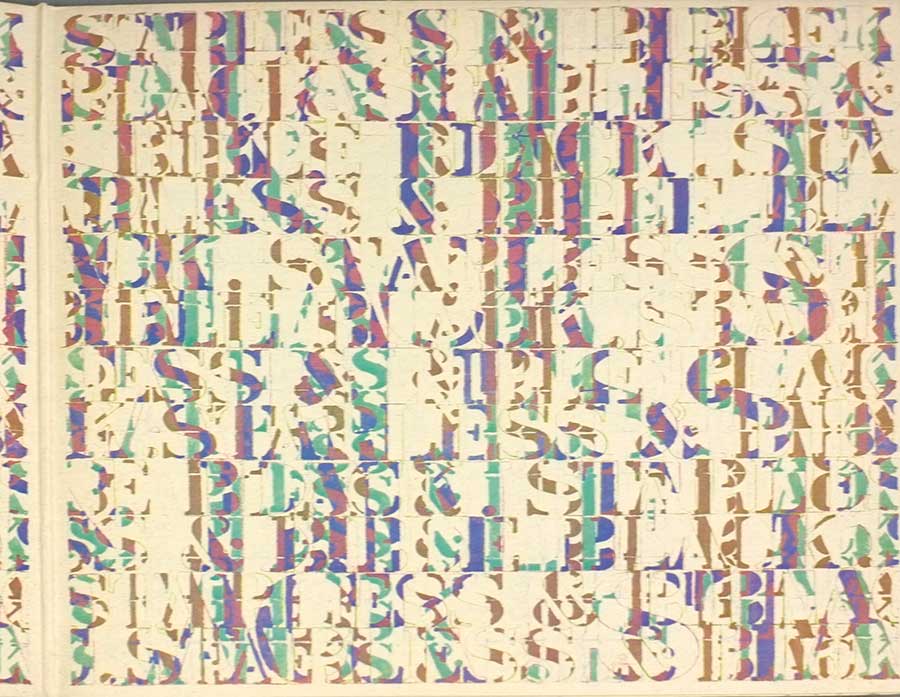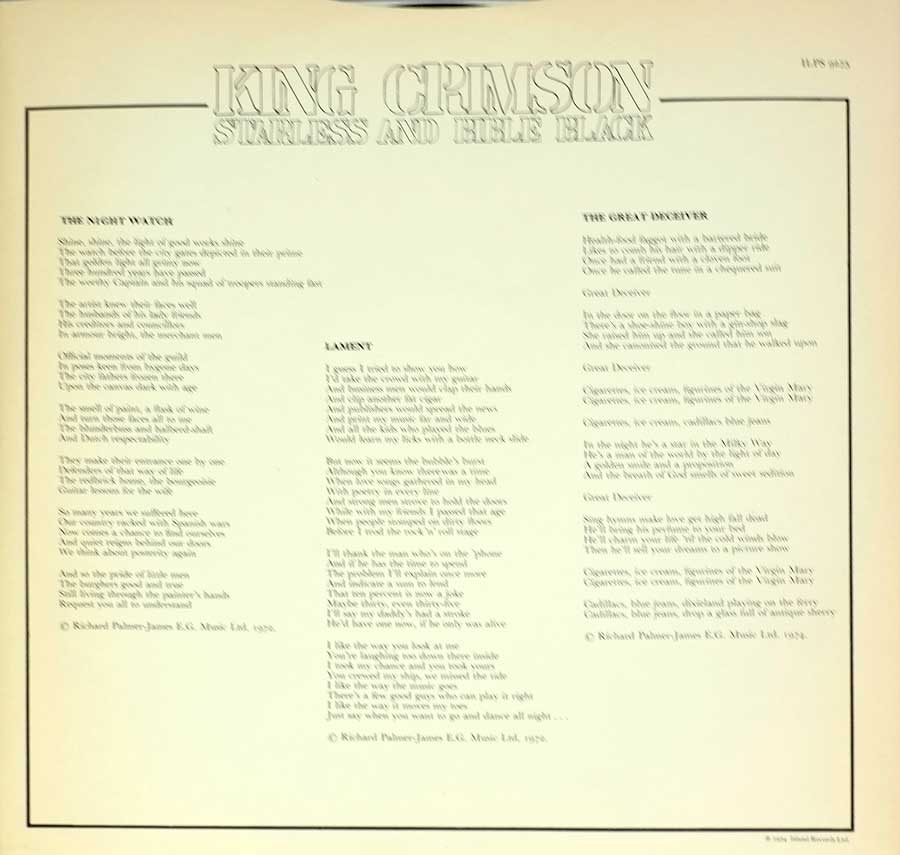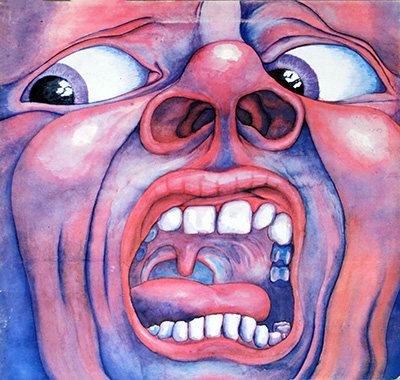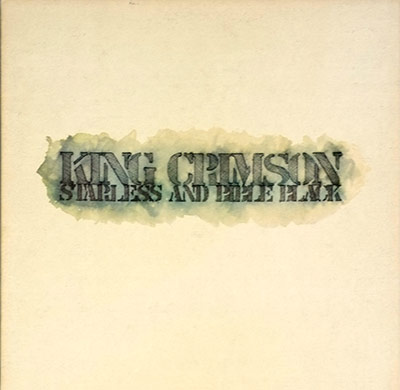Album Description:
In the vast ocean of progressive rock music, there exists an album that stands out as a testament to the genre's complexity and creativity. Released in 1974, "Starless and Bible Black" by King Crimson remains a masterpiece that continues to enthrall and inspire music enthusiasts around the world. With its thought-provoking lyrics, virtuosic musicianship, and distinctive album design, it is no wonder that this LP has become a cherished gem for collectors and fans alike.
A Satirical Exploration of Society:
King Crimson, known for their musical prowess and inventive approach to songwriting, delivered something truly exceptional with "Starless and Bible Black". The album's vocal pieces serve as satirical commentaries on the materialism and sleaziness that pervade society. It was a reflection of the times, where disillusionment with the prevailing societal norms found an outlet through artistic expression.
However, amidst the predominantly critical lyrical themes, "The Night Watch" stands out as an exception. Departing from the album's usual satirical tone, it offers a poignant and emotive piece, showcasing the band's ability to evoke deep emotions through their music.
The Creative Minds Behind the Music:
The genius behind the creation of "Starless and Bible Black" lies in the collaboration of immensely talented musicians. The lineup for this album consisted of:
- Robert Fripp: The mastermind and visionary behind King Crimson. Fripp's guitar work on the album is nothing short of extraordinary, as he blends intricate melodies with avant-garde techniques that have become his signature style.
- John Wetton: With his powerful and emotive vocals, as well as his skillful bass playing, Wetton's presence adds a unique dimension to the album's sound.
- Bill Bruford: Known for his work with Yes and Genesis, Bruford's drumming elevates the album to new heights. His intricate rhythms and impeccable timing are on full display, earning him praise as one of the finest drummers in the progressive rock genre.
- David Cross: A multi-instrumentalist, Cross's mastery of the violin, viola, mellotron, and electric piano brings a symphonic quality to the band's music. His contributions add an ethereal and otherworldly element to the album.
Behind the Scenes: Recording and Production:
"Starless and Bible Black" was recorded at the renowned AIR Studios in London during January 1974. The studio's state-of-the-art equipment and acoustics allowed the band to fully explore their creative ideas and achieve the desired sonic landscape for the album.
The production was handled by King Crimson themselves for E.G. Records. This level of creative control allowed the band to maintain their artistic integrity and deliver a cohesive album that remains true to their vision.
The Art of Visual Expression:
As with any iconic album, the artwork plays a significant role in shaping the overall experience. For "Starless and Bible Black", the band enlisted the services of Tom Phillips, an acclaimed British artist known for his innovative collage work. Phillips's gatefold design for the album cover is a mesmerizing collage that captures the album's essence and complements the music in an extraordinary way.
Legacy and Influence:
Over the years, "Starless and Bible Black" has earned its place in the pantheon of progressive rock's greatest achievements. Its profound impact on subsequent generations of musicians is evident, with countless artists citing King Crimson as a significant influence on their work.
As the album celebrates its place in history, its timeless appeal continues to attract new listeners who are eager to delve into the intricate and fascinating world of progressive rock music.
